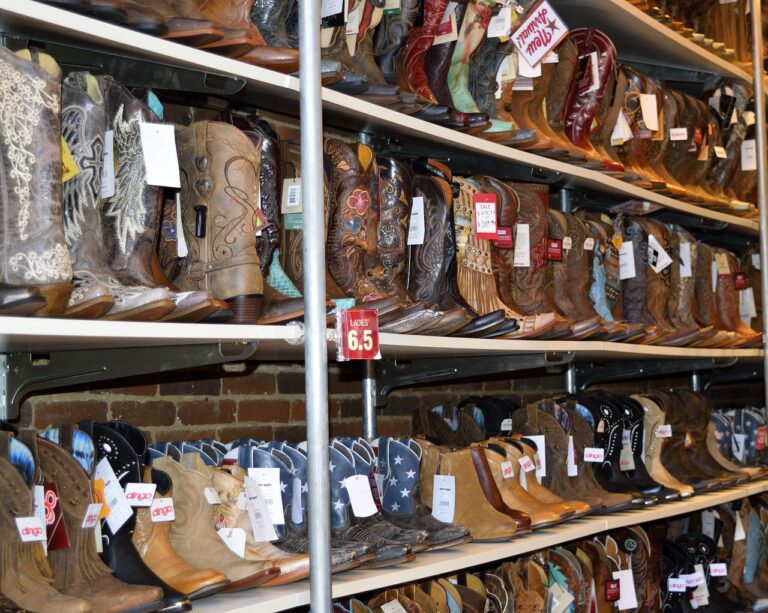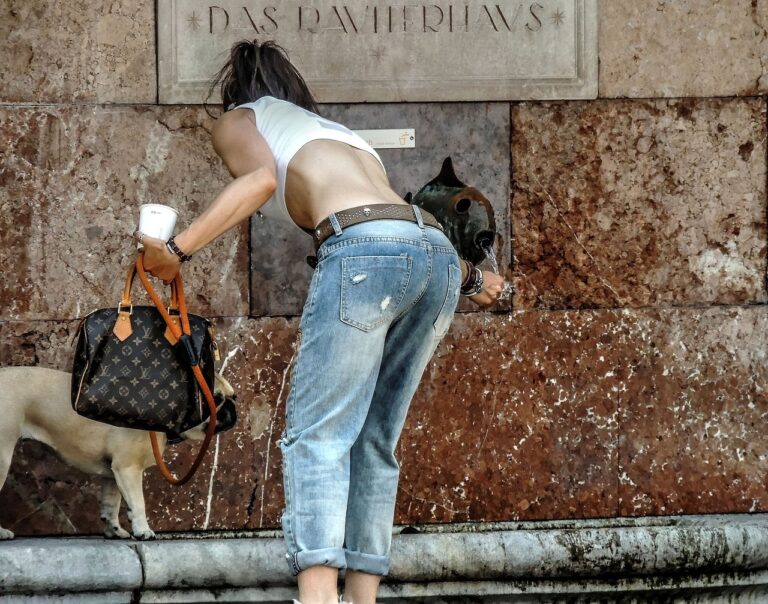Fashion and Finance: Analyzing the Economic Impact of the Fashion Industry
The fashion industry plays a significant role in contributing to the Gross Domestic Product (GDP) of many economies around the world. With its diverse sectors including clothing, accessories, and luxury goods, fashion has become a major economic driver generating revenue and creating employment opportunities. The production, distribution, and consumption of fashion goods and services contribute to the overall economic growth of a country.
Fashion shows its economic impact not only through the sales of clothing and accessories but also through related industries such as textiles, manufacturing, and retail. The interconnected nature of the fashion industry means that its influence on GDP extends beyond just the fashion sector itself. As consumer preferences evolve and global trends shape the market, the fashion industry continues to adapt and drive economic growth through innovation and creativity.
The Role of Fashion in Employment Generation
The fashion industry plays a significant role in employment generation across the globe. From designers and manufacturers to retail workers and marketers, the sector provides job opportunities for a wide range of professionals. As consumer demand for new trends and styles continues to rise, so does the need for skilled individuals to support and drive the industry forward.
Moreover, the impact of fashion on employment extends beyond the traditional roles within the sector. Ancillary industries such as logistics, advertising, and media also benefit from the ripple effect created by the fashion industry. As a result, the interconnected nature of the industry fosters a network of employment opportunities that contribute to economic growth and stability.
Fashion Industry’s Influence on Consumer Spending
Consumer spending is a key component of any economy, and the fashion industry plays a significant role in influencing this aspect. The appeal of new trends and styles drives consumers to allocate a portion of their budgets towards clothing, accessories, and footwear. This willingness to spend on fashion items not only contributes to the industry’s growth but also stimulates overall economic activity.
Moreover, the fashion industry’s marketing strategies and constant product innovations entice consumers to make purchases more frequently. The allure of limited editions, seasonal collections, and popular collaborations often spur impulse buying behavior among customers. As a result, consumer spending in the fashion sector remains resilient, steadily shaping the overall expenditure patterns in the market.
How does the fashion industry contribute to GDP?
The fashion industry contributes to GDP through the production and sale of clothing, accessories, and footwear, as well as through related services such as fashion shows and advertising.
How does the fashion industry generate employment?
The fashion industry generates employment through various stages of the supply chain, including design, manufacturing, retail, marketing, and distribution. It also creates jobs in related sectors such as media, advertising, and event management.
How does the fashion industry influence consumer spending?
The fashion industry influences consumer spending through trends, marketing campaigns, and the creation of desire for new clothing and accessories. Consumers often feel pressure to keep up with the latest fashion trends, leading to increased spending on fashion-related items.







